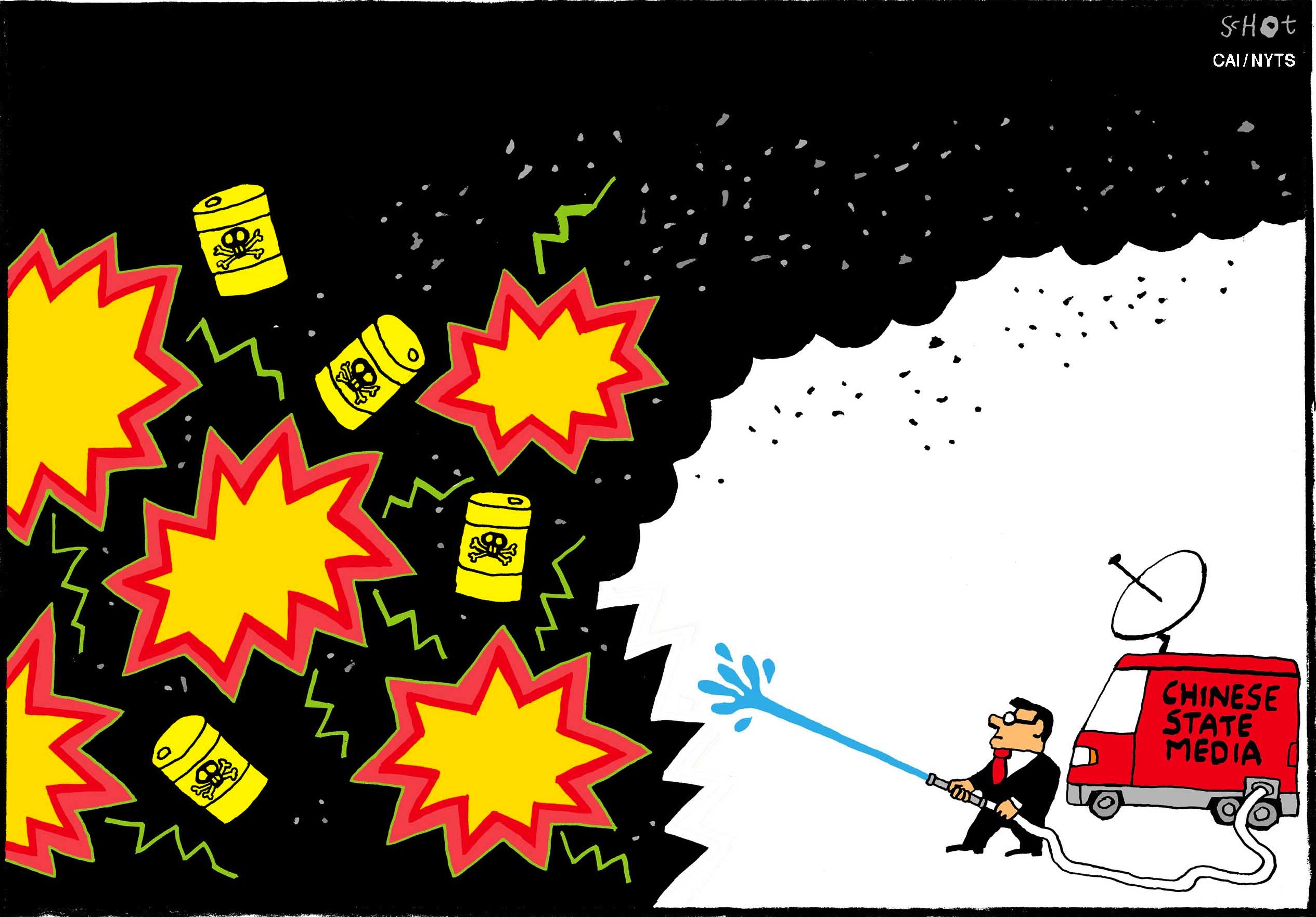Secular stagnation is looming worldwide, and China is no exception. Globally, the unprecedented monetary and fiscal stimulus following the 2008 financial crisis has caused debt, equity, and property prices to peak, even as trade and investment decline; all of this has depressed demand, economic growth, and inflation. For China, this is complicating official efforts to boost the role of market forces in shaping economic outcomes. Will the authorities' latest move — devaluation of the renminbi (RMB) — be enough to turn the tide?
To be sure, China's leaders have shown a commitment to ceding some control over the economy, signaling to businesses that they must adjust to a "new normal" of slower output gains as the country pursues structural reforms aimed at establishing a more sustainable growth model. But rising risk — reflected in the recent plunge in China's stock market — has compelled the government to step in to limit the fallout. And, with policy uncertainty and market volatility driving Chinese businesses to sit on, rather than invest, large cash balances, the pressure of secular stagnation is growing more severe.
China's situation, while far from dire, is certainly challenging. Though real annual GDP growth seems to have stabilized at around 7 percent, almost all key economic indicators — such as nominal GDP, fixed-asset investment, floor space under construction, nominal retail sales, auto sales, electricity output, railway cargo and iron ore imports — are well below their four-year growth average.


















With your current subscription plan you can comment on stories. However, before writing your first comment, please create a display name in the Profile section of your subscriber account page.